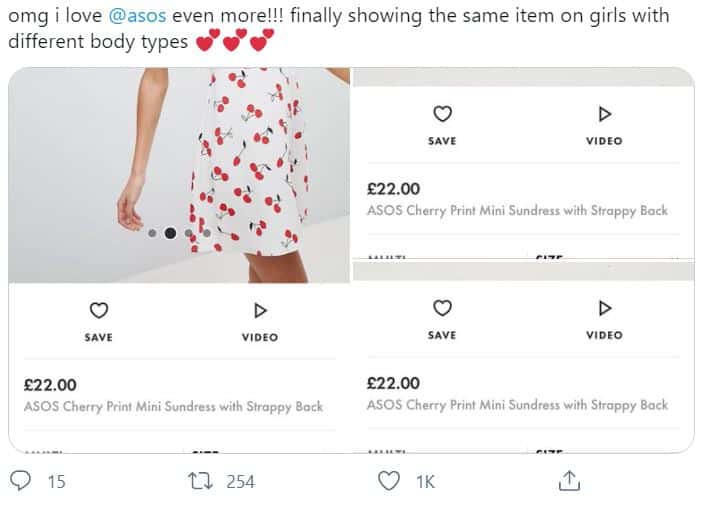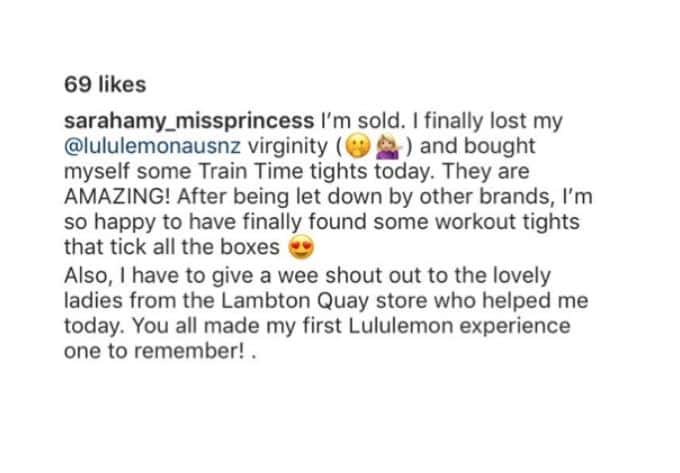The advent of the internet and social media intensified the exchange of information about companies between consumers. From mere receivers of brand information (which includes brand perception, culture, and image), consumers are now also senders, by giving recommendations, sharing positive and negative experiences, and expressing criticism.
According to Statista, the number of social media users around the world is expected to reach 3.02 billion in 2021, up from 2.77 billion in 2019. When it comes to inspiration for purchases, PricewaterhouseCoopers found that social networks are most influential with 20% selecting visual social networks.
What is social currency?
As consumer interactions and participation grow in importance and affect brand value, consumers’ willingness to share and interact with brands and other consumers on social media becomes a channel that offers exciting brand-building opportunities for companies.
It forms part of social currency which KPMG defined as “the entirety of actual and potential resources which arise from the presence in social networks and communities, including both digital and offline.” Instead of solely relying on brand advertisements, consumers are turning to communities, word-of-mouth, and consumer-generated content for product ideas and recommendations.
How are brands managing their social currency?
The significance of building and nurturing brand image on social media proves to be critical. Based on The 2019 CMO Survey, social media spending is projected to rise by 73% over the next five years as more and more brands aim to fit into how consumers manage their individual digital and offline social lives.
In fact, according to Vivaldi, “if the traditional model of brand marketing was centered around the key principles of positioning, targeting, and messaging, the model of building social currency is centered on interaction, collaboration, conversation, and co-creation.”
In other words, social currency is about aligning the brand image with consumers’ own self-image and self-esteem. With a sense of kinship not only with the brand but also with its community, consumers become more engaged to share content about their purchases and recommend the brand to their social network.
The Vivaldi study further revealed that social currency drives brand loyalty and brands with high social currency command a price premium. Here are examples of brands who are doing it right.
Sustainability
Climate change and sustainable development have been part of the public discourse for decades, but it is only in recent years that consumers started to demand information about the products they purchase from brands and retailers.
From the country of origin and labor practices to the materials used, consumers are not only actively calling out brands that are not eco-friendly, but they are also gladly praising and recommending those that practice sustainability.
- Reformation. An e-commerce first brand that sells sustainable women’s clothing and accessories, Reformation took great lengths to be transparent about the products they are selling. From the design process and fiber standards to sustainable practices such as having a green building and using recycled paper hangers, Reformation answers all questions every conscious shopper has.
- Everlane. Like Reformation, Everlane aims to appeal to eco-friendly shoppers, giving out as much as information about how its products come to be. What makes it different though, besides the ethical practices, Everlane also shows a breakdown of the true costs of the clothes and accessories it sells.

A Youtube user’s comment on a sustainable haul video (screenshot source)
- Whole Foods. Healthy lifestyle has grown so much the past few years and Whole Foods has become the go-to grocery brand for consumers who want to eat not only natural and organic foods but also sustainably-produced ones. Showing its commitment, Whole Foods have a number of community-driven initiatives that address various causes such as poverty alleviation and access to health education.
Diversity and inclusivity
Another consumer trend that brands and retailers are addressing is the call for more diversity—a move against the traditional standards of beauty perpetuated by fashion magazines and companies.
Today, consumers are leaning more on inclusive brands not only because they support inclusivity in principle, but also, and more importantly, shoppers can finally see themselves in the models wearing the clothes and brand campaigns.
- Aerie. A sub-brand owned by American Eagle Outfitters, Aerie is a lingerie and intimates retailer that is steadily gaining market share by appealing to regular women of all shapes and sizes through social media. In fact, Aerie began its no airbrushing campaign in 2014. The brand is expected to be worth $1 billion in the next few years.
- Asos. Consumers already love Asos for its amazing user experience, visual search capability, and massive inventory, but the brand is pushing things further. Besides promoting body inclusivity with the use of models with different body types, Asos is also supporting genderless fashion and beauty from its makeup line to its unisex clothes.

A Twitter user on Asos’ body inclusivity campaign (screenshot source)
Functionality as part of your brand image
Consumers are willing to pay a premium for products that not only make them feel and look good, but also enhance their everyday lives. Whether it is for convenience or practicality, consumers gravitate towards retailers and brands that have a strong sense of community who share their lifestyle.
- Balenciaga. The return of the chunky dad sneakers that rose to prominence a few years ago was mostly attributed to Balenciaga. By combining the power of wearable luxury and social media, the fashion house won the hearts of consumers, especially the younger generation who highlights experiences and value for money.
Cédric Charbit, CEO, Balenciaga said, “The products we sell today need to be meaningful […] The sneaker itself is extremely meaningful for people. You can work, it’s very versatile, it goes from day to night, it goes for the weekend, it goes for work. It’s about the casualisation of the place to work and how people dress to go to work.”
- Lululemon. Leveraging the athleisure trend and mixing performance with fashion that a lot of shoppers are looking for today, Lululemon is now a household name for yoga pants. The brand nurtures its image through customer education and active social media engagement, strengthening its community of active lifestyle-loving consumers.
A testament of its strong social media presence and consumers sharing about the brand, there is a total of 2.6 million user-generated content on Instagram under #Lululemon as of May 2019.

An Instagram user giving a shout out to Lululemon’s store in Australia (screenshot source)
Exclusivity as part of your brand image
Reinventing the organized, season-focused fashion world, the drop culture and the hype it creates are driving brands and retailers into the limelight. Besides the anticipation and urgency for the exclusive and limited inventory, the drop dates also form a consistent communication and interaction with young consumers who are social media savvy, visually (logo) driven, and sometimes personal collectors too.
- Supreme. With consumers that are highly engaged and intrigued by its next products, a quintessential example of a brand succeeding in the drop culture is Supreme.
The exclusiveness motivates consumers to try their products. The collaborations extend the brand’s reach and deliver more exclusive products to an extended set of consumers. With a vibrant reseller market and active anticipators, Supreme became one of the most recognizable and sought-after luxury streetwear brands to date.
What should brands do then?
For all of these examples, what is most evident is that brands and retailers need to know their specific consumers really well in order to enhance their social currency. The internet and social media are making consumers today and, in the future, more social than ever.
Consumers rely on peer recommendations and word-of-mouth and put a premium on brand relationships that are meaningful and align with their own personality and principles. Therefore, brands and retailers need to deliver a two-way effort that balances consumer interactions with brand-initiated communications.
As consumers manage their social worlds both online and offline, as well as discover brands within their social networks, it is then critical for retailers to have the capability to easily connect brands that match and support consumer preferences.
With just an image or a screenshot, visual search not only shows look-alike products that consumers are looking for, but it also allows retailers and brands to surface the most relevant items that are aligned with consumers’ shopping behavior at the exact moment of inspiration.
In relation, other visual AI solutions also enable retailers to connect user-generated content on social media to product pages. Doing so provides style ideas that encourage consumers to purchase and delivers a coherent brand experience that enhances social currency.
Check Syte visual AI solutions to know more.
According to Deloitte, “social is the new shop window: the place that consumers browse to find ideas and inspiration. With the rise of social discovery comes the rise of the social influencer in retail.” As social currency increases in importance, every single consumer now becomes a powerful social influencer, and brands and retailers need to jump in on that soon.